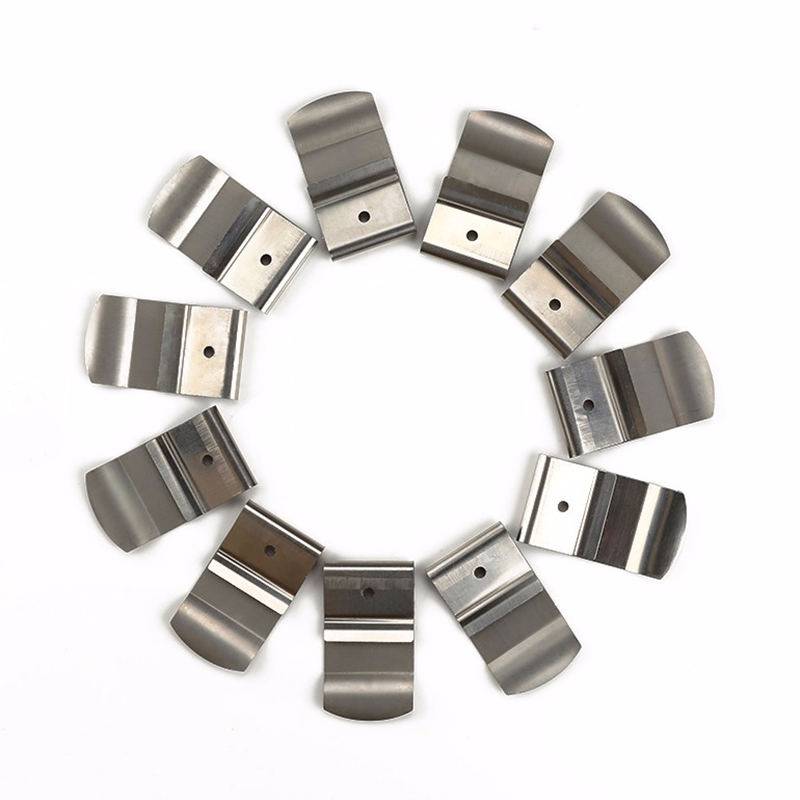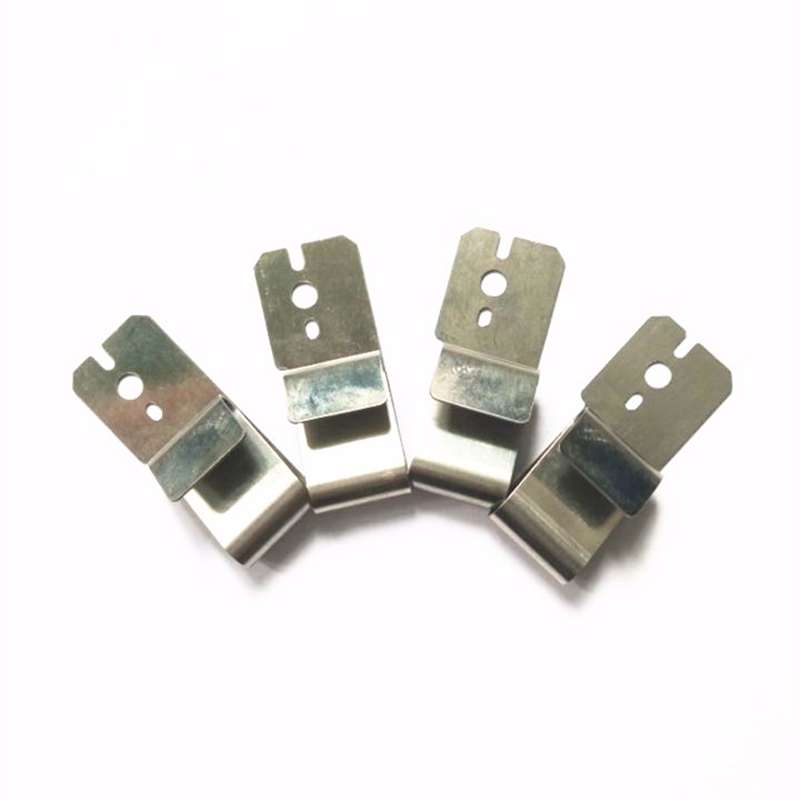Hardware stamping involves a variety of different processes depending on the shape of the part or product. These processes are used to realize complex and detailed designs for parts and products in industries that include aerospace, consumer products, automotive, aviation, electronics and more. It is often unlikely that one metal stamping method will be used to manufacture a part, as each process involves crafting a specific design. At the following, we will discuss some of the most popular metal stamping processes used by manufacturers.
1. The punching method is a common hardware stamping process. A sheet of metal is held in place, or more accurately, a workbench, and using different tools and machines, a hole is formed in the sheet of metal. To ensure that there is no distortion of the sheet metal, punching must be a continuous process and the area around the hole must be precisely designed.
2. The drop-feed method essentially involves manufacturing sheet metal – usually on small or medium-sized sheets of metal cut from larger pieces. Once the drop-feed is completed, the manufacturer then proceeds to other hardware stamping stages, such as extrusion and bending. Drop-feed is relatively similar to punching, where the difference is that the punched sheet metal is not thrown away. When it comes to high-volume manufacturing, drop-feed is a particularly favorable process because it’s easy to make high-quality and precision-based cuts.
3. The stretching method involves firmly fixing the ends of the sheet metal (opposite ends) and then placing the sheet metal on a die with a cross-sectional shape, followed by a powerful stamping process that causes the die to create a punch that pushes the sheet metal through the machine, thus deforming the sheet metal sufficiently to comply with the requirements.
The method of stretching can also be categorized into two other processes known as deep stretching and shallow stretching. These are similar processes that achieve the desired depth in the sheet metal.
4. Extrusion methods in hardware stamping are typical processes used by manufacturers to create extruded shaped products and components. The extrusion method involves a “closed die” manufacturing technique. In this case, sheet metal is used as a single unit or extruded into parts. The process involves two separate dies that are positioned to gradually come together at the ends of the sheet metal to form a coin shape. It can quickly and reliably create deformations (often permanent) in the product.
5. The tongue-cutting method involves a unique hardware stamping process that does not require the removal of any metal parts from the sheet. The press and die process is set up to make a deep slit in the metal surface. This is done to avoid creating any metal scrap – for example, metal plugs that need to be disposed of or removed at the post-processing stage. The cut-shear method is often used to create components and parts that need to be used in applications such as openings, vents, labels, etc.
6. Sheet metal ribbing is another unique technique used to design raised surfaces in specific areas of sheet metal. Crimping bars can be created using two different methods – through a mold set or a machine. The ribbing technique can be used on different metal surfaces, however, the most popular type of metal used in this process is aluminum. This is mainly because this metal is very easy to work with. Additionally, this material is durable and lightweight, two great features that help to make the bar pressing process more efficient and effective.
Post time: Nov-21-2023


